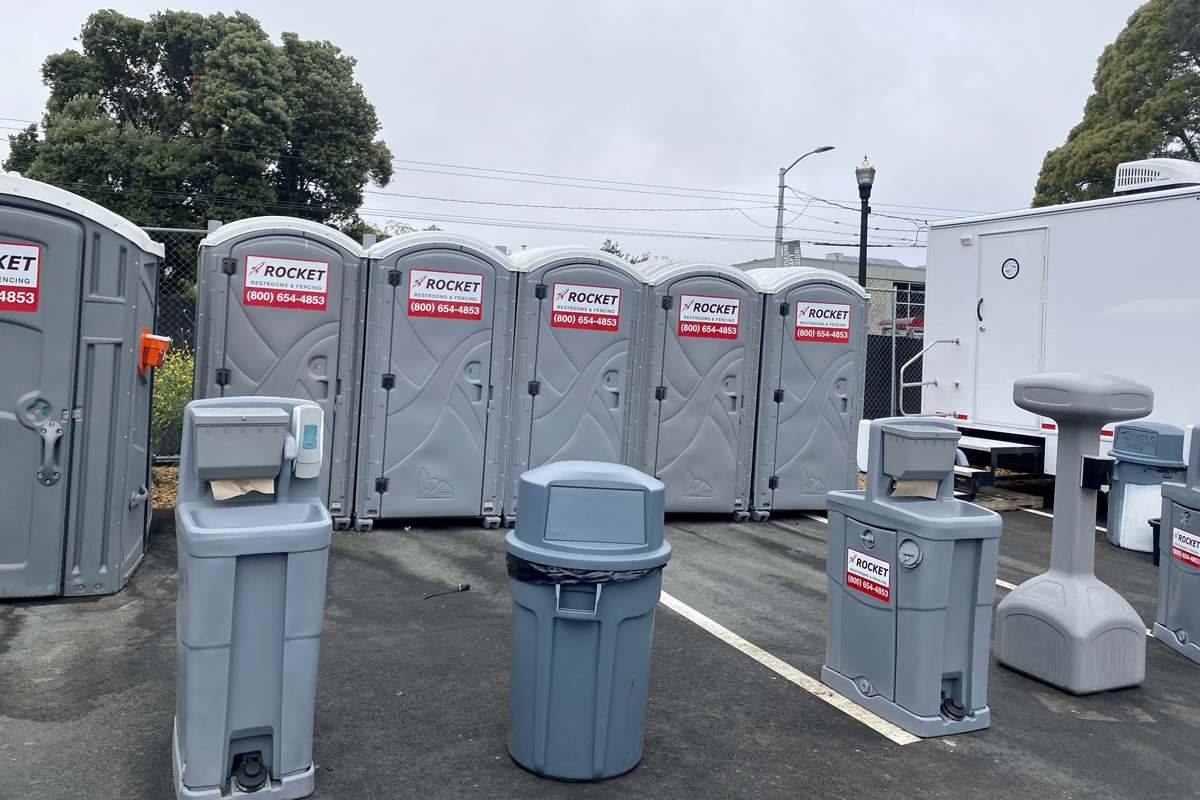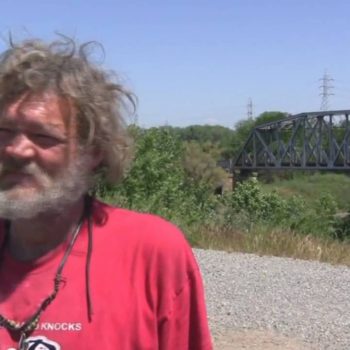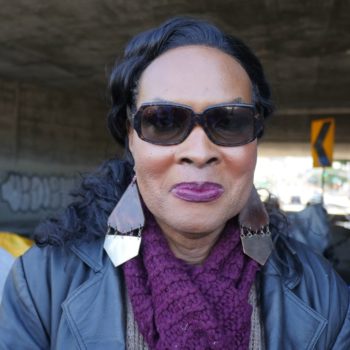Preplanning for Pandemic Era Evictions
In an effort to curb economic disaster and to prevent a further surge in homelessness in the Greater LA region, scholars at the UCLA Luskin Institute on Inequality and Democracy recently issued a 112-page document urging local authorities to prepare for an anticipated abundance of evictions as rent moratoriums are lifted.
This report is the third portion of a three-part series on Housing Justice in the Era of COVID-19. It features writing and research from noted geography and housing justice scholar Hilary Malson whose collection of academic literature can be found in several esteemed publications like the Smithsonian Institution and more. It also contains writing and research from Professor of Law Emeritus Gary L Blasi who has a 20-year track record of providing legal and scholarly expertise on the topics of homelessness and poverty. His extensive volume of works can be found under the Articles and Chapters section of his website.
An Overview of the Document Titled: For the Crisis Yet to Come: Temporary Settlements in the Era of Evictions
In brief, this report uses insight from past and present data coupled with experience from members of the unhoused community to expertly guide authorities in the direction of the best possible options for homelessness prevention amid an international emergency. The authors neatly summarized their publication with the following sentence:
“…this report tangles with the paradox of planning for an imminent housing crisis, when our existing planning system created the violent crisis of housing insecurity that is already present.”
Topics covered in length include:
- The effects of race and class on homelessness
- Safety and sanitization
- Health disparities
- Housing insecurity
- Rent burden
- Temporary settlements
- Avoiding criminalization
- The relationship between our current global health crisis and our national and particularly regional socio-economic crisis
- Recommendations for government and also the general public
Key Takeaways
By extensively studying various causes of homelessness and health crisis, the authors of this report have concluded that there is a dire need for temporary housing settlements contingent upon the following conditions:
- These settlements are meant to be temporary quarters, not permanent solutions
- No member of the unhoused community is to be forced into these settlements or relocated from shelters to settlements against their will
- Conditions within these new structures must be up to code with sanitary expectations in a present and post-pandemic setting
- Sanctioned and serviced settlements are to exist in tandem with other, more viable options and should not replace those options that are already available
- Criminalization and harsh regulations should not be implemented
- Homeless people should be involved in the decision-making process
- Camps should never be used for surveillance or policing purposes
- Sweeps must be banned, not just frowned upon
Other notable aspects of the proposed plan include a distinct need for self-governance and integration with other social services such as transportation and mental and physical healthcare provisions, a call for rent cancellations as opposed to rent freezes, and the possibility of transforming abandoned buildings into housing alternatives as seen in semi-successful campaigns like Miami’s Take Back the Land.
Based on rigorous research, failure to comply with the suggested model could result in a devastating 120,000 plus new homeless residents in LA County alone. A catastrophe of that magnitude would not only destroy an already fragile economy but it could also contribute to increased cases of COVID-19 positive patients, putting even more strain on our healthcare system and society as a whole.

Portable toilets and hand washing stations are available at the San Francisco government sanctioned tent encampment.
Reflecting on Resurrection City: Understanding Where These Suggestions Stem From
It is clear that in the wake of a public health dilemma, there is a need for housing in order to maintain social distancing and sanitary measures and to prevent the spread of disease. As such, authoritative figures who once put homelessness on the back burner are now forced to work toward immediate rectification and prevention regarding homelessness, which is arguably a pandemic in and of itself. While state-sanctioned encampments may seem ideal, constructing such establishments with care is of the utmost importance. Even temporary solutions backed by all the best intentions can fail in the face of incompetence.
The brilliance in this report is that it looks at ancient encampment practices that already failed in California. It utilizes this information to explain not only what to do, but also and importantly, what not to do.
One fine example of this is the history of Resurrection City, an LA-based homeless experiment gone awry. Resurrection City was a government-sanctioned encampment that quickly took an ugly turn by forcing marginalized and unhoused groups of Californians into desolate makeshift housing conditions complete with a menacing fence at the border and an elongated list of rules that residents had no say in but were expected to follow. This housing model ultimately failed in just over a month. Despite this failure, several others like it were erected decades after the Great Depression.
Sadly, they became emblematic of the way North America treats poverty-stricken and marginalized groups of people in the aftermath of economic disasters. This report acknowledges the missteps of the past and offers clear suggestions for moving forward to building fenceless, sanitary, and safe spaces for those in need.
Creating a Multi-Tiered Approach to Homelessness
The Washington Post warns that this summer could be the time when “evictions skyrocket” with marginalized communities taking by far the biggest hit. This paper makes similar predictions about the near future. Scholars and advocates alike agree that in North America, and particularly regions like LA that are already leading the nation in the number of unhoused civilians, a multi-tiered approach to homelessness is imperative. This is an urgent call for government sanctioned settlements to be constructed as a way of providing yet another option for rent-burdened, unemployed, and otherwise vulnerable individuals.
When you talk to your local legislators about the looming eviction crisis that now threatens tens of millions of newly unemployed North Americans, be sure to ask if they have a multi-tiered plan in place. Their plan should not only prioritize affordable housing for all, but also include:
- Temporary government-sanctioned housing
- Shelters
- Bridge housing
- Hotel packages and more
We at Invisible People agree that more options must be made available as we brace ourselves for what could be the largest eviction storm in history.
Here’s a video featuring San Francisco’s First Sanctioned Tent Camp for Homeless People:













